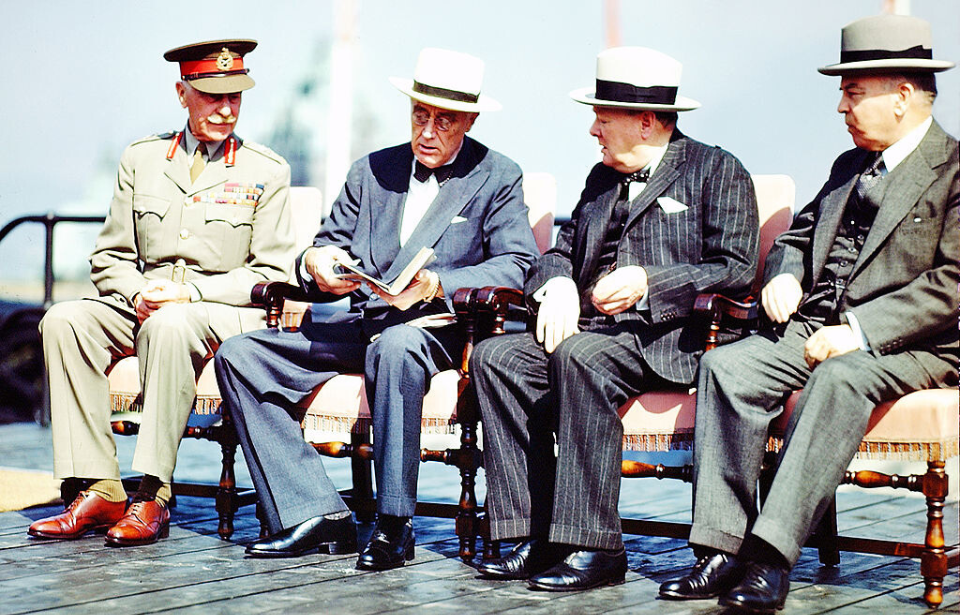As the Second World War moved increasingly in favor of the Allies—particularly following the successful landings at Normandy—leaders in both the military and government turned their focus to postwar Germany. Among the various proposals considered, the Morgenthau Plan stood out and sparked significant debate.
Yet, like several initial ideas, the Morgenthau Plan ultimately lost support and was abandoned in favor of alternative approaches deemed more practical and sustainable.
Henry Morgenthau Jr.
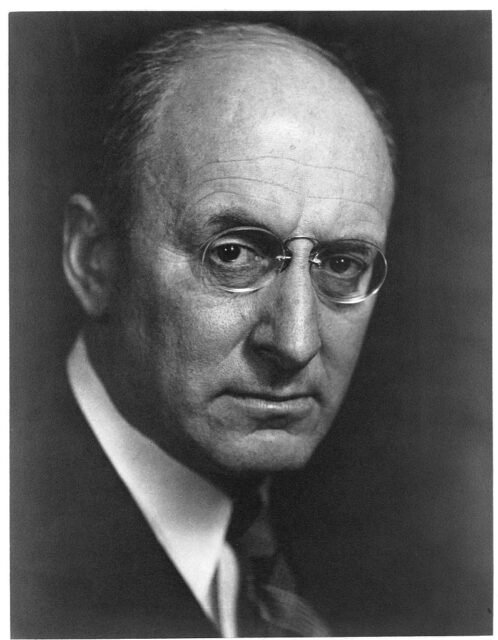
The plan was the brainchild of Henry Morgenthau Jr., who acted as secretary of the treasury during Franklin D. Roosevelt‘s presidency from 1934-onward. He was appointed because he was known to be strict with government spending.
When the Second World War began, Morgenthau became more heavily involved in areas of the administration that weren’t explicitly financial. Of Jewish descent, he consistently tried to push Roosevelt to aid in rescuing his people from German persecution. He was also heavily involved in the Lend-Lease agreements between the United States and other countries.
In 1944, Morgenthau branched out into foreign policy, and it was during this time that he came up with his solution for what the post-war world should look like. He explained, “I appreciate the fact that this isn’t my responsibility, but I’m doing this as an American citizen, and I’m going to continue to do so, and I’m going to stick my nose into it until I know it is all right.”
He added, “I want to make Germany so impotent that she cannot forge the tool of war – another world war.”
Morgenthau Plan
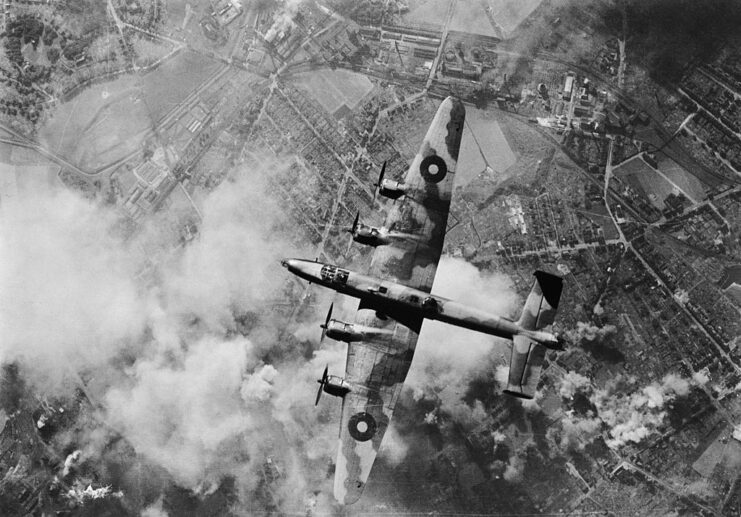
The Morgenthau Plan was outlined in a document titled Suggested Post-Surrender Program for Germany and centered around three main clauses. First, it called for the complete demilitarization of Germany. This involved disarming the population and eliminating any industrial capacity that could aid future military efforts. These measures were to begin immediately following Germany’s surrender.
Partition of Germany
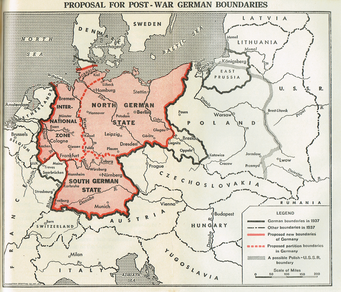
Instead of demanding reparations, similar to the Treaty of Versailles after the First World War, the Allies would receive financial compensation through their control of the region and by taking over the factories and materials previously used there.
The administration of German territory wouldn’t stop there:
- France would gain control of the Saar and regions near the Moselle and Rhine.
- Poland would acquire parts of East Prussia and southern Silesia.
- Austria would revert to its pre-1938 borders.
Germany would be split into two distinct states: South Germany, consisting of Württemberg, Baden, and Bavaria, and North Germany, made up of Saxony, Thuringia, and Prussia.
Cordell Hull developed a second plan
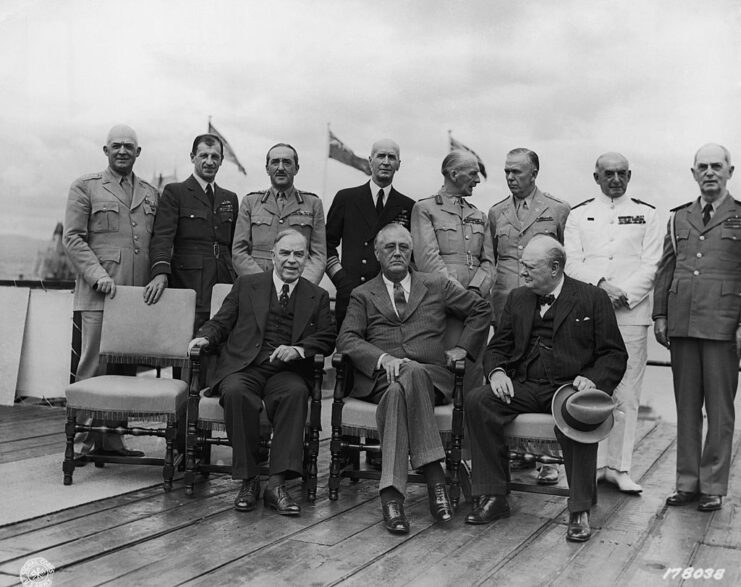
Morgenthau’s plan was based on his desire to see Germany turned into a farming nation. Without modern technology or industrial materials, the country would never be able to start another war or threaten Europe again.
However, this wasn’t the only plan under consideration. Secretary of State Cordell Hull, who was originally assigned the task, had his own approach. While Morgenthau wanted to weaken Germany permanently, Hull believed the country should be rebuilt quickly.
Both plans were presented to President Roosevelt. In a letter to Queen Wilhelmina of the Netherlands, he explained, “There are two schools of thought – those who would be altruistic in regard to the Germans, hoping by loving kindness to make them Christians again, and those who would adopt a much tougher attitude. Most decidedly, I belong to the latter school, for though I am not bloodthirsty, I want the Germans to know that this time at least, they have definitely lost the war.”
The Morgenthau Plan and German propaganda
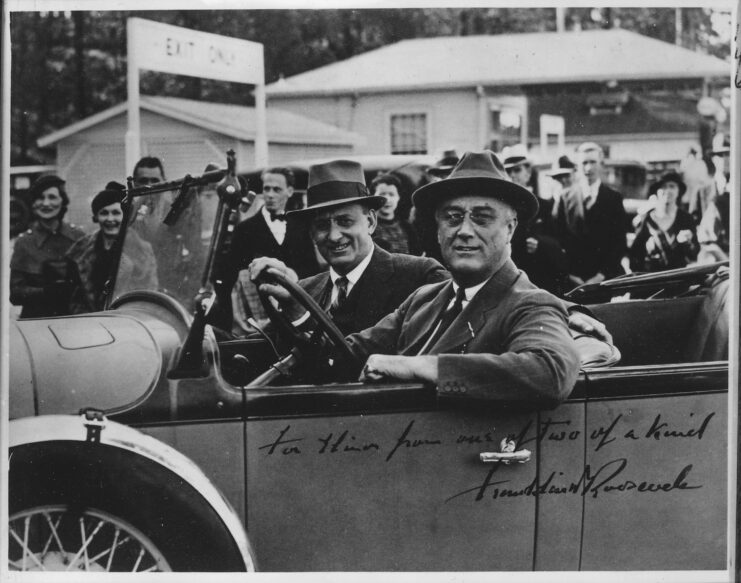
At the Second Quebec Conference in 1944, President Franklin D. Roosevelt played a central role in promoting the Morgenthau Plan to Allied leaders. Though the plan initially met with resistance from British Prime Minister Winston Churchill, it gained traction after the U.S. offered the United Kingdom a generous Lend-Lease package.
News of the plan leaked shortly after the conference. The New York Times reported on the plan on September 21, 1944.
The German propaganda ministry quickly seized on the information, using it to create fear and distrust within the German military. Henry Morgenthau Jr.’s Jewish heritage was exploited to fuel antisemitic conspiracy theories, suggesting the plan was part of a larger Jewish plot against Germany. This narrative was used by the Nazi regime to justify and intensify their already brutal treatment of Jewish people.
Marshall Plan
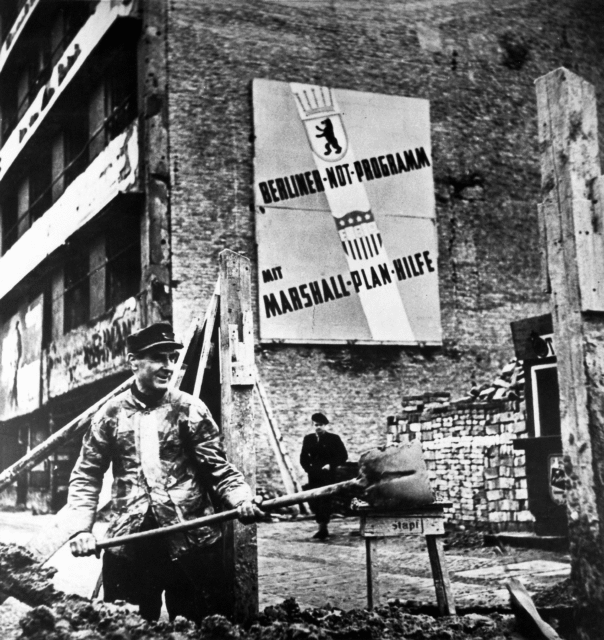
When Roosevelt died in April 1945, so, too, did the Morgenthau Plan. For a brief period, it looked like President Harry Truman was going to consider the idea, as he signed Directive 1067 on May 10, 1945, which said America would “take no steps looking towards the economic rehabilitation of Germany [or] designed to maintain or strengthen the German economy.”
This was short-lived, as Truman then signed Directive 1779 that July, designed to provide aid to Germany, instead. That same month, Morgenthau was forced to resign from his position in the Treasury, as he and Truman had too many differences in their political approach. Perhaps this is just as well – calculations show that, if the plan had been implemented, nearly 25 million Germans could have starved.
More from us: These ‘Night Witches’ Weren’t Burned At the Stake – They Bombed German Soldiers
The approach implemented when World War II ended was about as far away from the Morgenthau Plan as possible. Instead of turning the Germans into a bunch of farmers with little-to-no advanced technology, it provided significant economic aid, so they could stabilize their country and recover from the conflict.
The Marshall Plan, as it was called, was highly successful and allowed Germany to rebuild in a way it was never permitted to at the end of the First World War.
